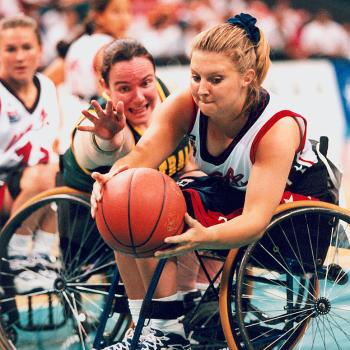I have gotten to where I skip nearly all press coverage of Omicron (even Stat, I know!) because it’s been nothing but clickbait non-information. Medical Twitter, though, is finally coughing up the beginnings of real information, and I think there are a few important points emerging that are worth taking under advisement. Alternately, consider opening an account where you do nothing but follow @catworkers.
Biggest thing to know: Initial anecdotal evidence (buyer beware) is that neither vaccine status nor natural immunity is much help in preventing spread. That doesn’t mean your vaccine (or previous infection) provides no protection to you, personally. Indeed it appears that vaccination is still good at preventing severe disease. But what you need to let go of is the delusion that if only everyone in your circle is fully vaccinated, in that case you’re safe.
You’re not.
From my bookmarks:
- Florian Krammer on the models of disease spread in the UK. His account is generally worth following.
- Christina Pagel with anecdotal data on an event where every attendee was both vaccinated *and* tested negative, 100% infection rate post-event.
- Chris Turnbull reported a similar (and more worrisome) anecdote I had doubts about; his feed generally is focusing on concerns re: younger patients with worse outcomes. I don’t have an opinion on his reporting and reliability as a source, but you might wish to form one.
- Antoine Flahault on a less dramatic (if you read through the details) outbreak in Oslo.
- And of course there’s the super-responsible-people case in the US.
- Healthy perspective in conclusion: Kimberly Manning on doctors and patients feeling the mutual frustration.
Reiterating: For most adults, being vaccinated provides the best overall expected outcomes. I’ve held that opinion all along, and I still think the evidence points firmly in that direction. To which end, Fr. Matthew Schneider reports on another vaccine on the horizon that is both a different technology (so possibly a good choice for some who have contraindications to the existing US vaccines) and does not have the ties to abortion (so possibly a good choice for those with moral objections to the existing US vaccines).
From a public policy perspective, I think that emergency-use approval combined with full disclosure of study data of as many vaccines and treatments as possible is desirable at this stage in the pandemic, even if in the long run some of the treatments (including quite possibly what are currently the “best” vaccines) don’t prove themselves as safe-and-effective as we initially hoped. From a personal medicine perspective, given how many different demographic and comorbidity complexities are affecting outcomes, working with your physician to sort through your options and choose the best route for your individual situation seems like the way to go.
Coming back to the one point that I came here to emphasize: If you have serious reasons to not risk COVID-19 infection, you cannot rely on “we’re all vaccinated” to protect you. If your school, office, factory, or church is using vaccination status as the greenlight for “safety” you are absolutely deluding yourself.
I am not saying you need to shut down. I am not living in a shut down world, and I am not advocating for shutdowns. I think there is a spectrum of rational individual responses based on your own health, your risk factors, and your state in life. For some, maximum risk-avoidance is the best answer. For others, moderate risk-taking is reasonable, even though the downsides are very serious. For yet others, well, society couldn’t function if you weren’t the kind of person who is never fully happy unless in harm’s way, so thank you for your service, and if you’re not currently serving, lots of police departments are hiring, ya know?
What I am saying is: There’s mounting evidence that if you need to not catch COVID-19, the types of measures you were previously counting on (vaccination status, cloth masks, etc.) are no longer sufficient. So you need to change what you are doing.
As I said when Delta came through, this isn’t really a very big surprise. Coronaviruses are prone to mutating. A mutation that makes the virus less contagious isn’t going to get far. A mutation that is vulnerable to existing immunity is not going to spread well. The only kinds of mutation that are going to become widespread are those for which existing natural or vaccine-induced immunity are not sufficient to stop transmission. I think it is becoming obvious that at present while we have vaccines that are able to reduce the severity of the disease — very important! — COVID-19 belongs in the group of viruses for which we don’t yet have a vaccine that can completely stop infection and transmission.
Not all diseases are smallpox. You want to eradicate the thing, but you can’t always. HIV would be long gone if we could wipe it out with vaccine-induced immunity, but we don’t have the technology for that yet.
So, what do you do if you need to not get infected, or you need to not infect other people?
A list of best practices is being compiled by Jose-Luis Jimenez right here. His qualifications are listed here, where you should be reading all the time.

Photo: Ananuri Castle, with a faint rainbow on the hills in the background, by George Melashvili via Wikimedia CC 3.0. No metaphors implied, I just like castles.
PS: If you wish (as I do) that more people would get vaccinated, try this.














